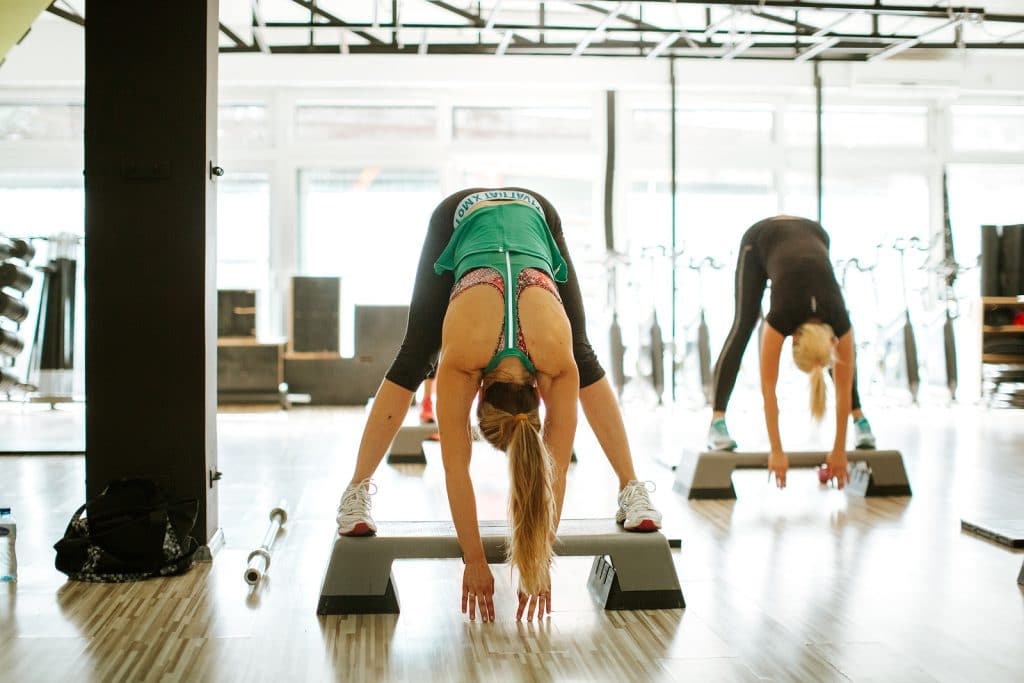HIIT stands for high intensity interval training. It’s a fitness regimen that requires you to alternate between periods in which you’re working out as hard as you can and periods in which you’re exercising at only approximately half speed.
The History of High Intensity Interval Training
What we know today as high intensity interval training evolved from an exercise regimen named Tabata. Tabata gets its name from Izumi Tabata, a Japanese researcher who made a study of athletes and interval training.
According to Tabata’s research, a person who performed cardio at a comfortable pace for 45 minutes could receive the same aerobic improvement with only four minutes of interval training. Those four minutes would consist of the athlete cycling as fast as he can for 20 seconds then pedaling slowly for 10 seconds before repeating the cycle until the four minutes had expired.
In a busy world where we seem to all run short of time, it’s simple to understand why Tabata’s exercise concept would catch on.
Which Exercises Can Be Performed with HIIT?
Interval training works well a variety of activities including swimming, walking, running, elliptical exercises, stair climbing and rowing.

A HIIT workout doesn’t require the purchase of specialized equipment. In fact, HIIT doesn’t need any fitness club machines.
Tabata used cycling for his interval experiments, but you can use whatever form of exercise that you prefer. You just need to make sure that your activity lends itself to being safely performed at a fast clip.
How to Set Up Your First HIIT Session
Typically a modern HIIT session lasts 20-60 minutes.
The length of the intense phase and the length of the recovery phase depends to a large extent on the particular exercise(s) that you’re using and your level of fitness.
Find what works for you. Don’t put yourself at risk in an attempt to perform a routine in the exact manner the session was prescribed.
Use instructions as guidelines. Alter them as needed to remain safe.
One typical HIIT workout asks you to run or cycle as fast as possible for 30 seconds and then spend 4-4.5 minutes in recovery.
You would then repeat the cycle up to five times.
As your fitness improves, you might reduce your recovery period and increase your intense work period.
Your high intensity period should elevate your heart rate to at least 80% of its capacity. If you’re correctly exerting yourself, you should have difficulty carrying on a conversation during the exercises.
It makes sense that as your body improves you’ll need to alter your workout to get your heart rate in the desired target range. Otherwise, you’re not performing high intensity training. The key is the periodic elevation of your heart rate.
The slower recovery sections should keep the heart rate around 40-50% of the maximum heart rate. It’s important not to downplay the recovery. Don’t try to power your way through this period by maintaining a faster exercise speed. Your heart rate must drop back into the proper range for interval training to work. This slower period is not a waste of time. It’s a crucial component of the exercise scheme.
You have to respect the workload that interval training places on your body. You’ll need to schedule enough time between your interval workout days for your body to heal.
It may be wise to begin by using interval training only once a week. After your body has adapted, you can add a second day and then a third.
What HITT Does to Your Body
HIIT, of course, can significantly improve aerobic fitness, but it can benefit other aspects of your health, as well.

It can promote the gain of muscle mass and the loss of fat. If your HIIT session includes some resistance training such pull-ups or weightlifting, you can quickly create impressive muscular definition.
Your heart should get stronger.
Your blood pressure numbers should improve.
Your body should learn to make more efficient use of insulin.
Your bad cholesterol should go down.
You should become a calorie-burning machine in overdrive. Two hours after your session has ended your body should still be burning calories at a faster rate than it would after a period of traditional exercise.
Is HIIT a Suitable Program for Everyone?
HIIT works in a short amount of time because it pushes the body to its limit.
Therefore, no one who has neglected physical fitness for years should try to jump into HIIT without a doctor’s approval.
If you’re new to exercising or returning to fitness training after a considerable absence, you should ease your way into HIIT.
Spend several weeks performing beneficial but less strenuous aerobic exercises. You want your body to get used to the idea of working out.
Then when you’re ready — go for it.
